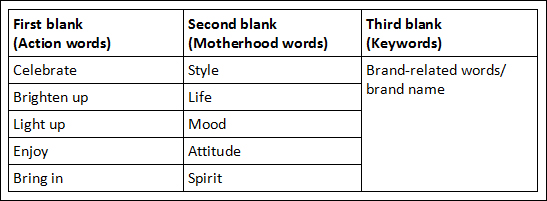2008-09 was the age of Social media in terms of the mainstream acceptance, 2011 and beyond represents the same for the location based services like Foursquare which allows the users to transmit their locations by checking in option with their mobile phones.The adoption rate for the same has been phenomenal and holds a tremendous impact on marketing.
Services like Foursquare have enormous potential for brands to drive awareness. I remember a program that I did long back with the collage kids to understand the shopping patterns and places they loved to hangout. The objective was to maximize the return on dollars spent on the consumer experiential activity for a brand. We had given college kids mobile phone with the connection and students were told to text back their location on regular basis to a specified number. This gave us lot of insight about the youth preferences and places they love to hang out which in turn helped us to select the venues and timing for the youth experiential activity. I see a similar possibility with location based services which would help the brand to study people’s shopping habits in ways that previously weren’t possible. Many brands are using both Foursquare and their own proprietary location tools to drive loyalty programs, advertise directly to consumers who are near a retail outlet, and gather data on shopping patterns and other preferences.











